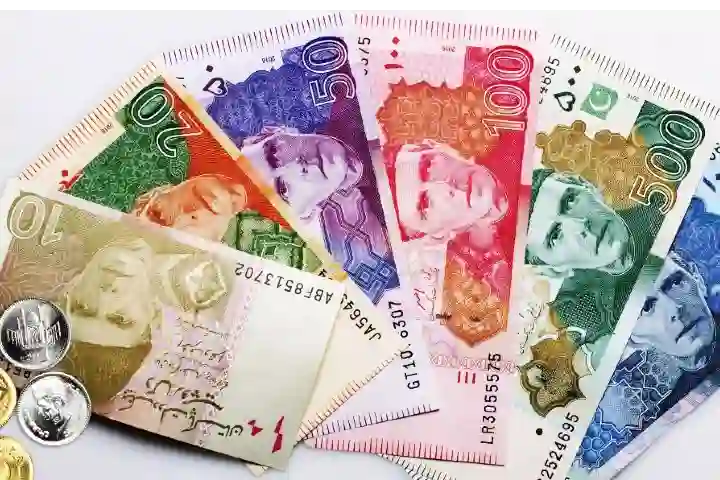Pakistan’s current account deficit—the difference between outflow and inflow of dollars or other foreign currencies dropped 86 per cent to $74 million in February—the lowest in about two years. In a normal situation, this should have been a cause for celebration for the country. But this has actually caused panic.
Why?
Amid an unprecedented economic crisis, Pakistan with dwindling foreign exchange reserves and rapidly depreciating currency has had to halt imports of several essential items including critical raw materials, medicines and even food items.
The Pakistani rupee plunged to its record low against the US dollar making imports more expensive. In January, the Pakistani rupee was pegged at around 205 against the dollar. But it fell to 283.20 against the dollar at the closing.
Industrial activities in the country have taken a hit. Thousands of small to mid-scale factories have been forced to shut down.
Earlier this month, automobile major Honda decided to shut down for a month due to scarcity of raw materials and a strained supply chain network.
Hospitals are running out of crucial life-saving drugs.
A report by Business Recorder noted that the country’s pharmaceutical sector is expecting a “losses to the tune of billions due to uncertain rupee-dollar parity.”
One of the worst impacted is the power sector. Deep and prolonged blackouts are becoming an allegory for Pakistan’s energy predicament, Institute for Energy Economics and Financial Analysis said. Severe currency devaluation means Pakistan will pay 7 per cent more for gas-fired power in 2024 even if global oil and gas prices fall by 13 per cent, it added.
Power outages have not only impacted industries but also hospitals and households. The steady depreciation of the local currency has added to inflationary woes, hurting consumers.
Pakistan’s external debt obligations over the next three years have risen to $73 billion while the country’s foreign exchange reserves are about $4–5 billion. The ongoing negotiations with International Monetary Fund for resumption of the $7 billion financial aid package is yet to conclude. To add to the problem, bilateral lenders such as Saudi Arabia and China are no more forthcoming in rescuing the ailing nation.
With elections in the country approaching amid deepening political uncertainty, Pakistan’s pain is unlikely to ease anytime soon.
Also read: Pakistan plunges further on terror index, now below Afghanistan: Report
Honda plant in Pakistan to remain shut in March due to financial crunch




















